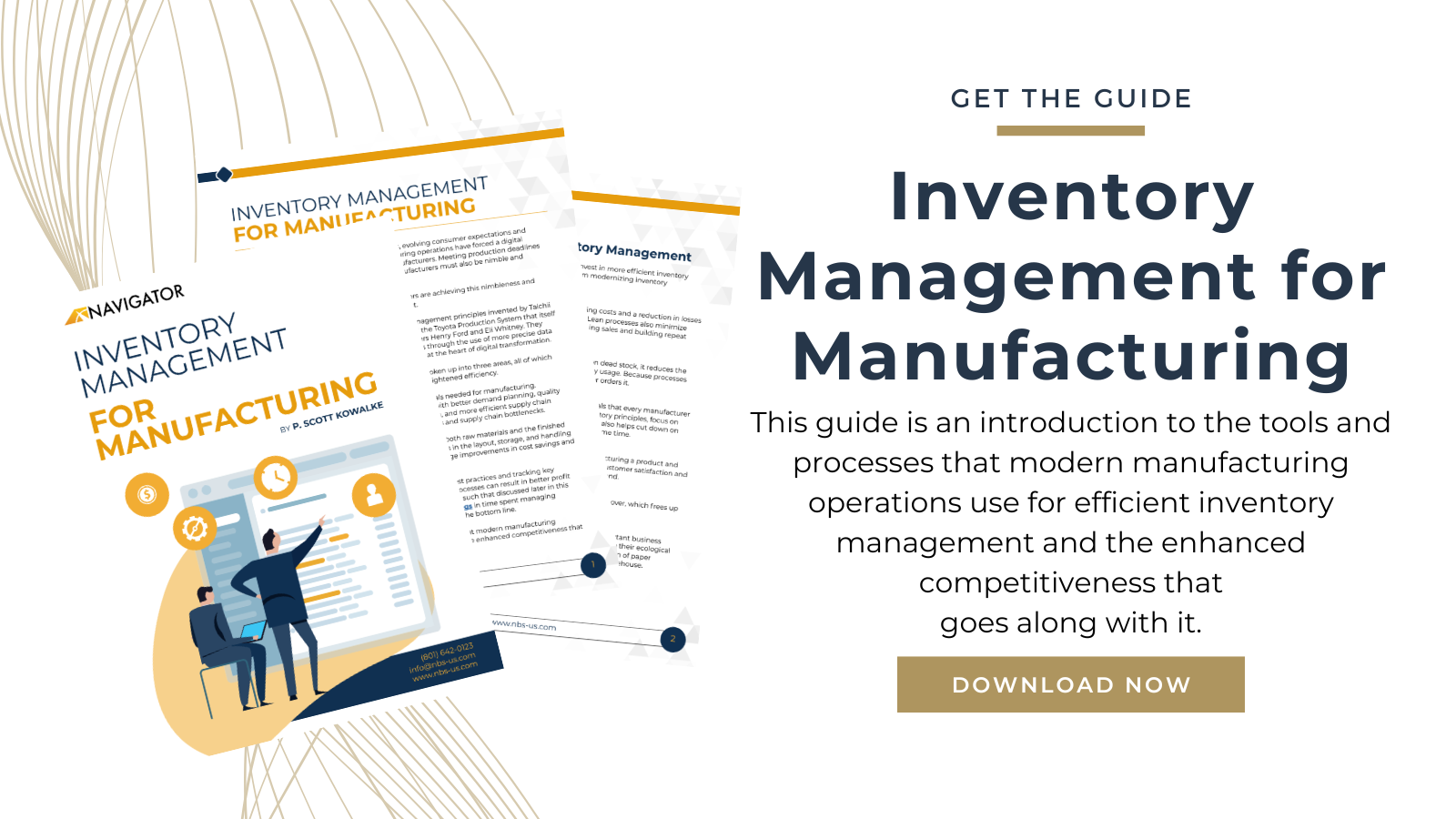
Why are inventories often not efficient?
When manufacturers think about efficient inventory management, usually the first things that come to mind are knowing the location of raw materials and finished goods, and making sure that stocks don’t sit idle too long. But more goes into efficient inventory management than that.
We are breaking down our 'Inventory Management for Manufacturing' guide into digestible sections. You can get the full inventory management guide here.
There are several areas that contribute to making manufacturing inventory inefficient, the areas that a manufacturer should focus on when tightening inventory operations.
Overproduction. When products or parts are produced before they are needed, excess inventory is created. Overages can come from too many raw materials being stocked, unfinished products that are still being worked on, finished goods not yet needed, or MRO resources (maintenance, repair, and operations).
Waiting. The time between manufacturing and shipment creates idle inventory. Idle inventory ties up capital and incurs additional costs.
Transporting. Waste from transport happens when inventory is touched or moved needlessly, which adds costs and increases the risk of stock damage. The goal is to have stock sit untouched until it ships or is processed to create additional value.
Processing. Excess processing occurs when a manufacturer adds unnecessary packaging, and when a department needs to enter data in more than one place (such as data entry into two different backend systems that don’t communicate with each other).
Inventory volume. Too much inventory ties up capital and creates other kinds of waste such as purchasing too much or the wrong materials. It also leads to a higher rate of defects from sometimes not using the correct inputs.
Motion. Wasted motion occurs when employees must search for inventory that is not where it is supposed to be located, or when machinery must be adjusted frequently to accommodate inefficient processes.
Defects. Unnoticed flaws in finished goods or raw materials that sit in a warehouse lead to wasted effort and storage costs, returns, scheduling issues, and reworks.
For much of this inefficiency, automation is the solution.
Read the next section, Automation: The Core of Efficient Inventory Management
